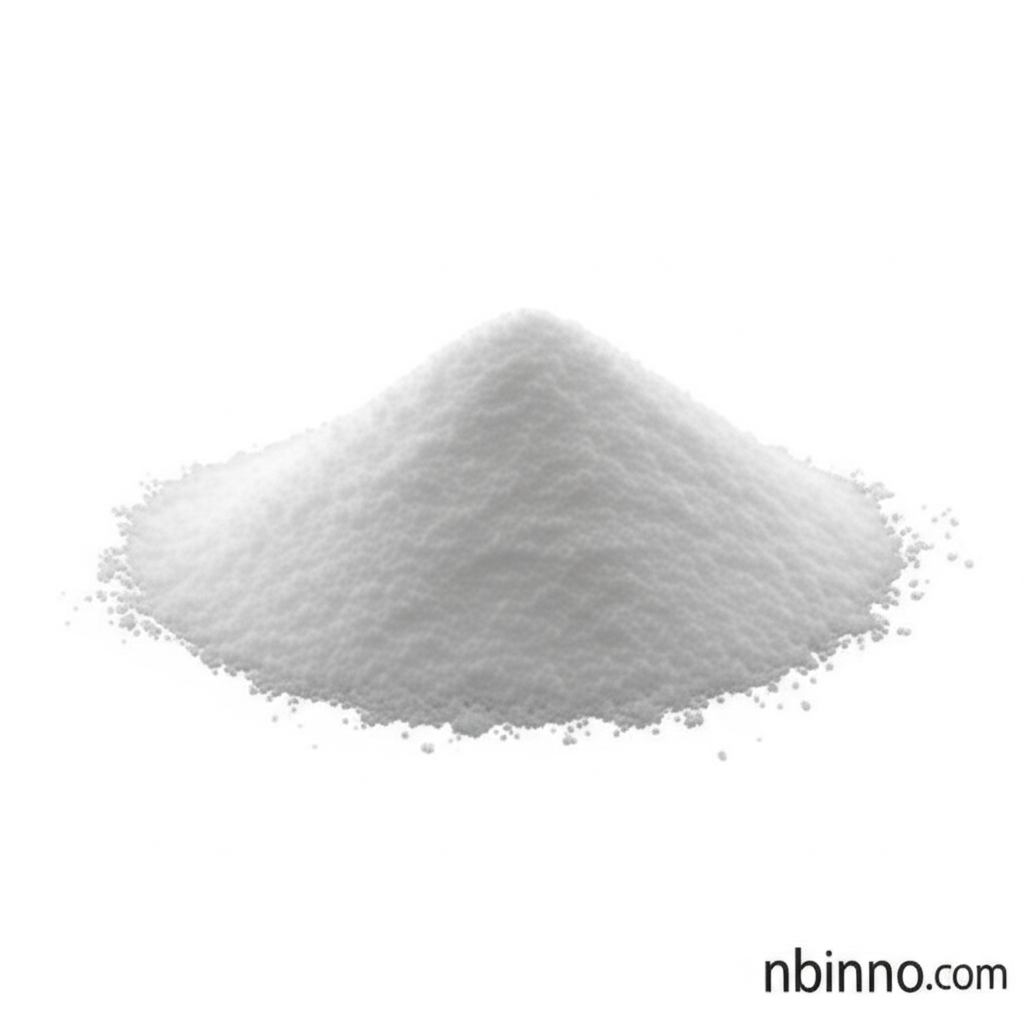2-Oxazolidone: A Versatile Chemical Intermediate for Synthesis and Antimicrobial Applications
Discover the diverse applications of 2-Oxazolidone (CAS 497-25-6), a key intermediate in chemical synthesis and a notable antimicrobial agent. Explore its role in chiral synthesis and as a protein synthesis inhibitor.
Get a Quote & SampleProduct Core Value

2-Oxazolidone
As a reputable supplier in China, we offer high-quality 2-Oxazolidone (CAS 497-25-6), a fundamental building block for various chemical processes. Its unique structure makes it indispensable for advanced chiral synthesis and as an effective agent in biological applications.
- 2-Oxazolidone applications extend to its role as a protein synthesis inhibitor, crucial for understanding cellular mechanisms.
- The CAS 497-25-6 chemical properties include excellent solubility in water, facilitating its use in aqueous reaction systems.
- Leveraging its capacity as an ethanolamine or aziridine equivalent, this compound aids in the efficient conversion of thiophenols and amines.
- We are a trusted manufacturer in China, committed to providing chemicals that meet stringent quality standards for your research and production needs.
Product Advantages
Synthesis Versatility
Explore the diverse chiral synthesis pathways enabled by 2-Oxazolidone, allowing for the creation of complex enantiomerically pure compounds.
Biological Activity
Understand its function as a protein synthesis inhibitor, offering valuable insights in biochemical research and drug discovery.
Chemical Reactivity
Utilize its properties as an ethanolamine or aziridine equivalent for efficient chemical modifications and derivatizations.
Key Applications
Chemical Synthesis
2-Oxazolidone is a critical intermediate in the synthesis of various organic compounds, particularly in the field of chiral synthesis.
Biochemical Research
Its role as a protein synthesis inhibitor makes it a valuable tool for studying biological processes at the molecular level.
Pharmaceutical Development
The compound's antimicrobial properties and synthetic utility contribute to its importance in pharmaceutical research and development.
Material Science
Potential applications exist in material science due to its reactive functional groups, contributing to the development of novel materials.
